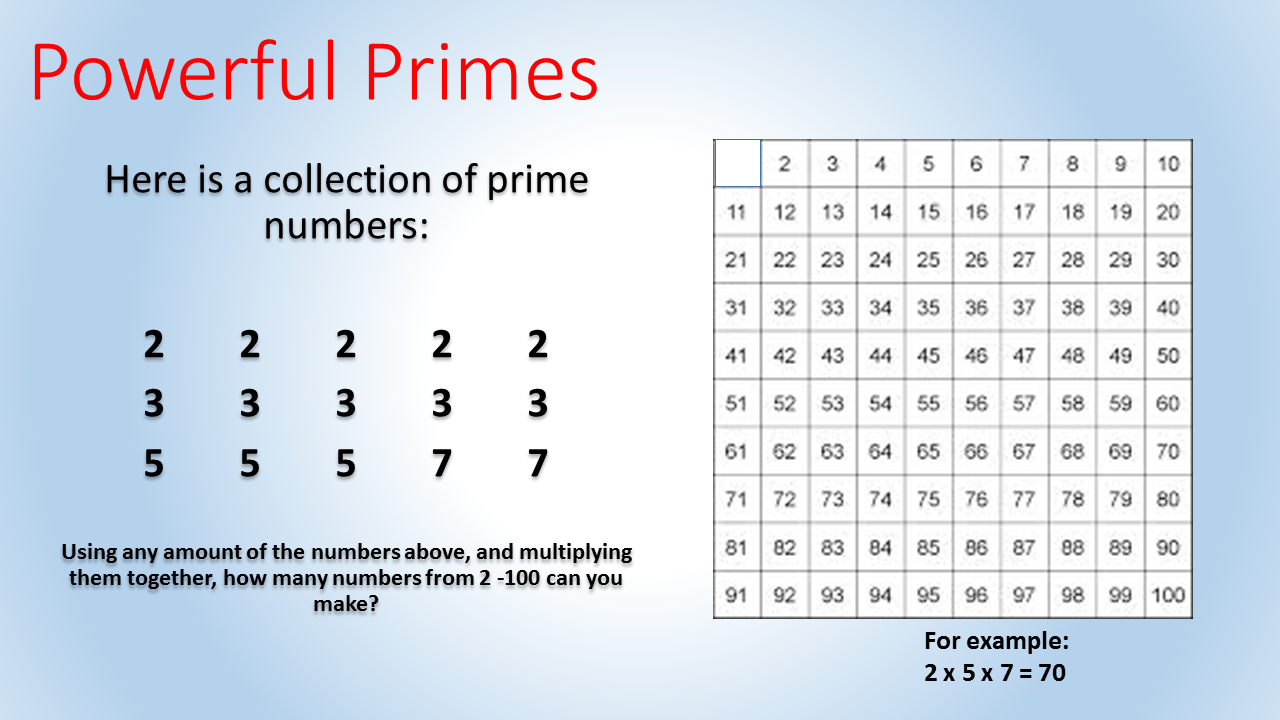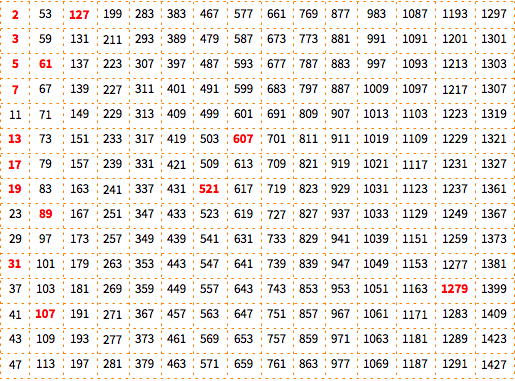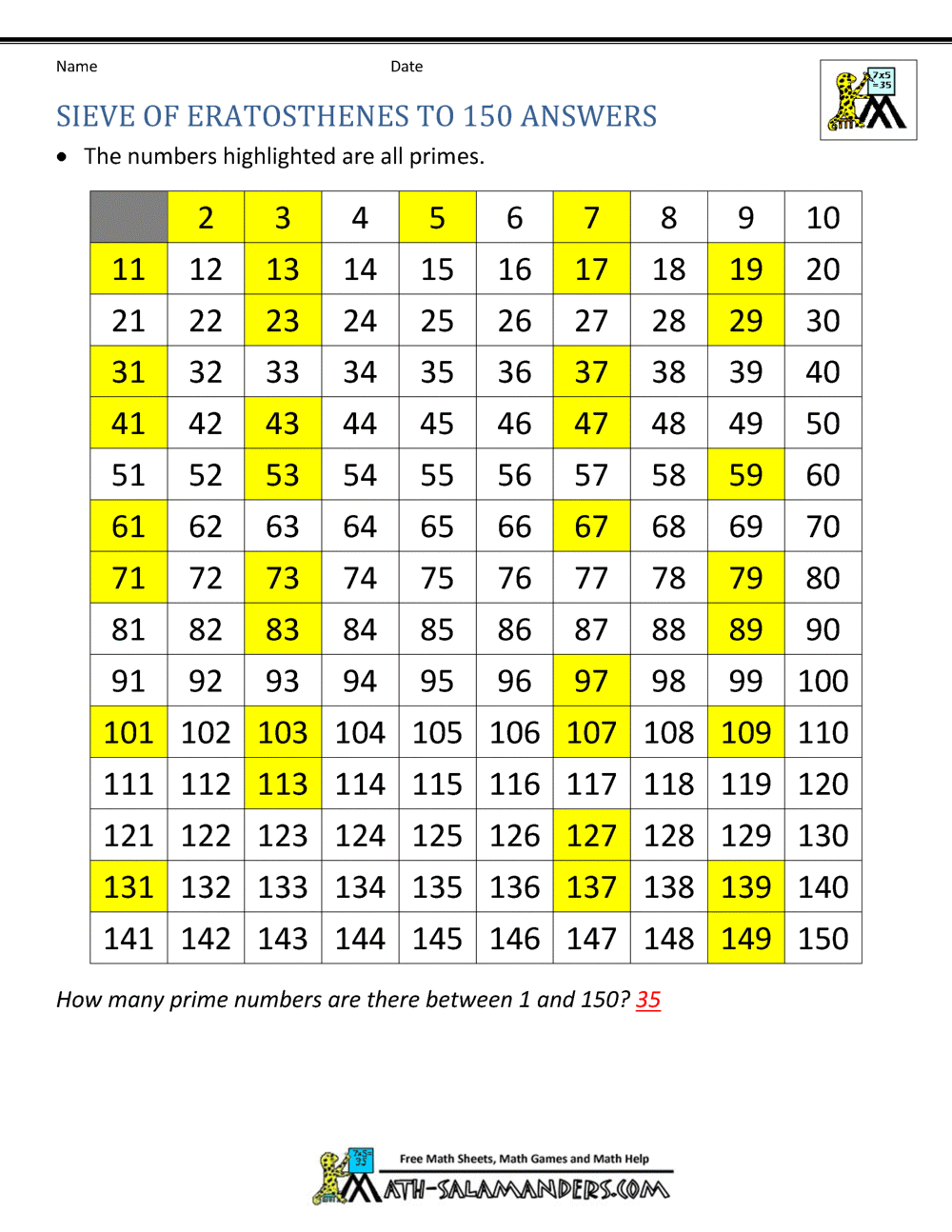

Step 3: Hence, if there are more than 2 factors, it is a composite number.Step 2: Count the number of factors for that number.Step 1: Find out the factors for the given number.The steps involved to check prime numbers are: To check if the number is prime or not, we can use the factorization method. 13 and 31 are the twisted prime numbers and 17 and 71 are the twisted prime numbers. Some examples of Twist Prime Numbers are (13, 31) and (17, 71).

When we reverse the position of digits and both numbers are prime numbers then it is called Twist Prime Numbers. All prime numbers except 2 are odd numbers, that's why 2 is called an even prime number. Even Prime NumberĢ is the only even prime number in Mathematics. It was founded by the Great Internet Mersenne Prime Search (GIMPS) in 2018. Largest Prime NumberĪs of now, the largest known prime number is 2^(82,589,933) – 1, with 24,862,048 digits. Due to this reason, 2 is the smallest prime number. 1 can only be divided by one number, 1 itself, so with this definition 1 is not a prime number. Smallest Prime NumberĢ is the smallest prime number in Mathematics. The prime numbers with only one composite number between them are called twin prime numbers or we can say twin prime numbers are the pair of prime numbers that differ by 2 only. Some important points and terms related to Prime Numbers are discussed below.

Any two prime numbers are always co-prime to each other.In other words, we can say that 2 is the only even prime number. Except 2, all other prime numbers are odd.There is only one even prime number i.e.It has exactly two factors i.e., 1 and the number itself.A prime number is a whole number greater than 1.Some of the important properties of prime numbers are given below: There are a total of 168 prime numbers between 1 to 1000. Prime Numbers 1 to 100 Chart Prime Numbers from 1 to 1000 There are 25 prime numbers between 1 to 100. There are a total of 25 prime numbers between 1 to 100 and 168 prime numbers between 1 to 1000. Prime Numbers ListĪlong with the definition of Prime Numbers, we are also providing the list of prime numbers from 1 to 100 and 1 to 1000. Note: Number 1 is neither a prime number nor a composite number. Prime Number Definition: A prime number is a natural number greater than 1 that can be divided exactly only by itself and 1, for example,- 5, 7, 19 and 23.

Another way of explaining this is to say that If p is a prime number, then the only factors it can be 1 and p itself. When being divided, the answer must be a positive integer (natural number), without any fractions, decimals, or remainders being left over. Prime Numbers: A prime number is a natural number that is only divisible by 1 and itself.


 0 kommentar(er)
0 kommentar(er)
